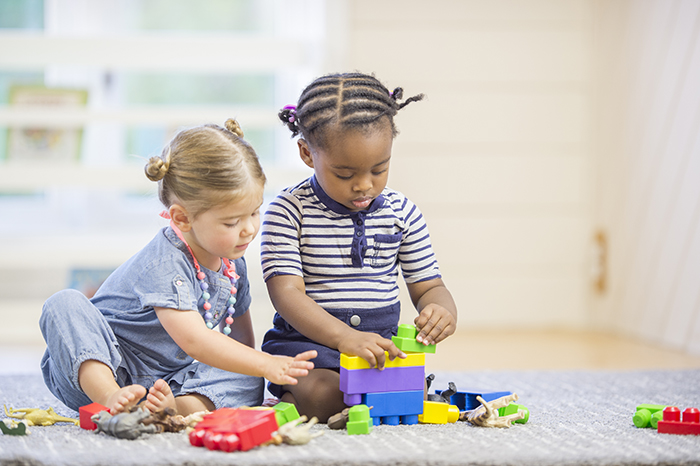Is This Toy Safe?

Around the world, the conversations around plastics and the potential for dangerous chemical leaks are heating up.
Researchers in Denmark recently claimed that more than 100 chemicals found in plastic toy materials might pose health risks to children, including cancer. In some countries, certain chemicals are banned from use in plastic manufacturing.
In the United States, the Environmental Protection Agency and the Food and Drug Administration are responsible for overseeing the safety of plastics and plastic toys sold.
“It sounds super scary, but there are toxic and harmful chemicals all around us,” says Lisa Gwynn, D.O., a pediatrician with the University of Miami Health System.
Consider the widespread use of pesticides and fire retardant materials in our homes. Even toys made of wood and other natural materials can be treated with harmful chemicals. It’s almost impossible to know what the exposure level for your child really is.
Dr. Gwynn
“It’s unknown if the risk for young children playing with plastic toys is any different than the risk for adults eating with plastic forks and drinking from plastic straws or water bottles. We don’t know if some adult-onset cancers or diseases stem from childhood exposure to chemicals. There’s no causality that has been proven in controlled studies.”
To ensure that the toys you give to your children are considered safe, follow the age recommendations and any other safety warnings on the packaging.
Make common-sense toy choices based on your child’s development, abilities, and habits.
“The Consumer Product Safety Commission and the American Academy of Pediatrics also provide science- and research-based information to help you make educated choices about what to avoid,” Dr. Gwynn says. “We have to rely on these trusted regulatory bodies because, as consumers, we don’t have access to a chemical ingredients list for every toy on the market.”
“Accidents at home and on the playground are more common than cases of chemical offset from plastics,” Dr. Gwynn says.
Children have a bigger risk of being harmed by choking or swallowing something too large or inorganic. “As a pediatrician, I focus more on educating parents about protecting children’s physical safety than chemical safety.”
Consider the quality of the products, food, and air to which your children are exposed.
Use household cleaners, detergents, and personal care products with natural, non-toxic ingredients and dye-free formulas.
“Go for organic foods whenever possible to reduce your family’s exposure to hormones, antibiotics, pesticides, GMOs, and artificial colors and preservatives,” says Dr. Gwynn. “If your child has asthma, pay particular attention to improving the air quality in your home and car.”
The take-home message for parents
Don’t be overly concerned about chemicals and plastics in toys available in the U.S. Do your best to minimize household risks, but focus on what you can control.
Dana Kantrowitz is a contributing writer for UMiami Health News.
Tags: child safety, choking hazard, kids safety, Lisa Gwynn, pediatric care in Miami, toys
